3 Minutes
A groundbreaking deep-sea expedition has unveiled previously unknown ecosystems flourishing around hydrothermal vents in one of Earth's most isolated regions—the South Sandwich Islands. Led by an international team of researchers aboard the Schmidt Ocean Institute's research vessel Falkor (too), the mission was a pivotal part of the Ocean Census initiative, which aims to catalog marine biodiversity at risk from mounting threats such as climate change and deep-sea mining.
Scientific Mission to the Edge of the Southern Ocean
For 35 days, experts navigated the treacherous waters of the South Atlantic, just north of Antarctica’s icy expanse. This area, marked by the Southern Ocean's deepest trench, remains one of the least explored on the planet. Despite battling underwater earthquakes, powerful winds, enormous waves, and drifting icebergs, the research crew successfully mapped new hydrothermal vent sites and gathered invaluable data on the region’s rich marine life.
Hydrothermal vents, fissures on the seafloor emitting hot, mineral-laden fluids, often host unique ecosystems sustained by chemosynthesis rather than sunlight. Until now, the hydrothermal landscape near the South Sandwich Islands had not been directly observed using remotely operated vehicles (ROVs), leaving much of its biodiversity shrouded in mystery.
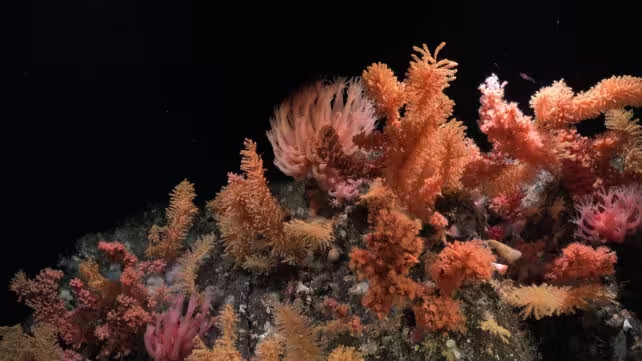
Vivid Ecosystems and Unique Species Observed
Among the expedition's most remarkable discoveries was a vibrant coral garden anchored to Humpback Seamount, thriving at depths of approximately 700 meters (2,300 feet). Here, towering vent chimneys rose up to four meters (13 feet), teeming with barnacles, sea snails, and swarming shrimp that appeared to orbit the formations like celebratory drones.

Remotely operated vehicles allowed the scientists to document these uncharted hydrothermal systems northeast of Quest Caldera—currently the only explored vents in the South Sandwich chain. Hydrographer Jenny Gales from the University of Plymouth recalled, "Discovering these hydrothermal vents was a magical moment, as they have never been seen here before."
The expedition also captured close-up images of fascinating deep-sea creatures:
- An unidentified nudibranch photographed at 268 meters deep in near-freezing waters east of Montagu Island.
- A grenadier fish burdened with parasitic copepods, likely Lophoura szidati, nestled inside its gills.
- A robust sea cucumber observed 650 meters below the surface at Saunders East, with what researchers playfully termed a 'deep-sea puffball' in its mouth.
- The first-ever image of Akarotaxis aff. gouldae, an elusive dragonfish species unrecorded by cameras since its original discovery two years ago.
- Snailfish eggs attached to a black coral—an observation previously unknown even to marine biologists.
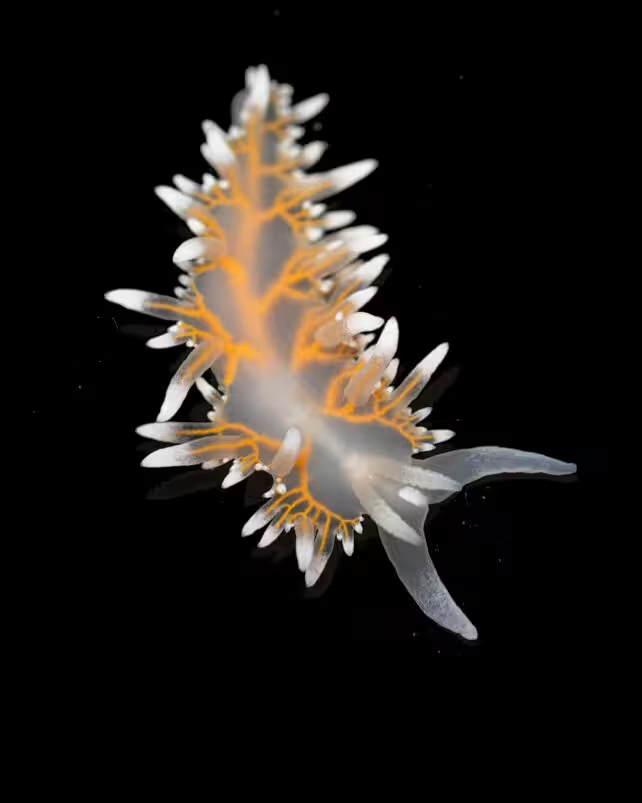
Global Significance and Future Exploration
Michelle Taylor, Head of Science for the Ocean Census project, emphasized the importance of these breakthroughs: "This expedition has given us a glimpse into one of the most remote and biologically rich parts of our ocean. This is exactly why the Ocean Census exists—to accelerate our understanding of ocean life before it’s too late."
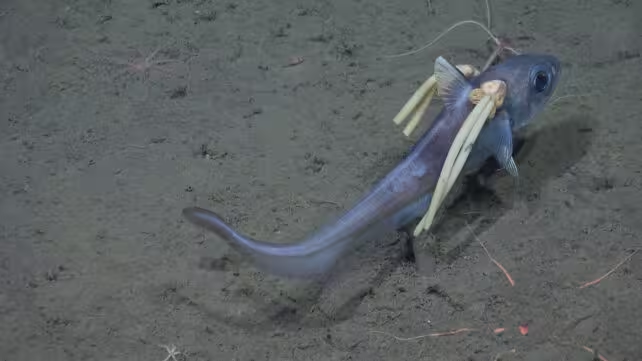
The discoveries made off the South Sandwich Islands underline the critical need for continued exploration and documentation of deep-ocean habitats, especially as human activities threaten their existence. Advanced research technologies such as ROVs and underwater imaging systems are essential to unlocking secrets hidden in our planet's last unexplored frontiers.
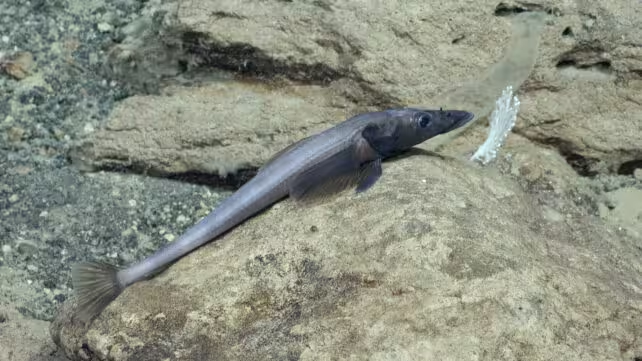
Conclusion
This successful mission not only expands our scientific understanding of hydrothermal vent ecosystems but also highlights the extraordinary biodiversity found in Earth’s most secluded waters. As new species and ecological interactions continue to be revealed, these insights will play a pivotal role in shaping conservation efforts and influencing global ocean management policies for years to come.
Source: schmidtocean


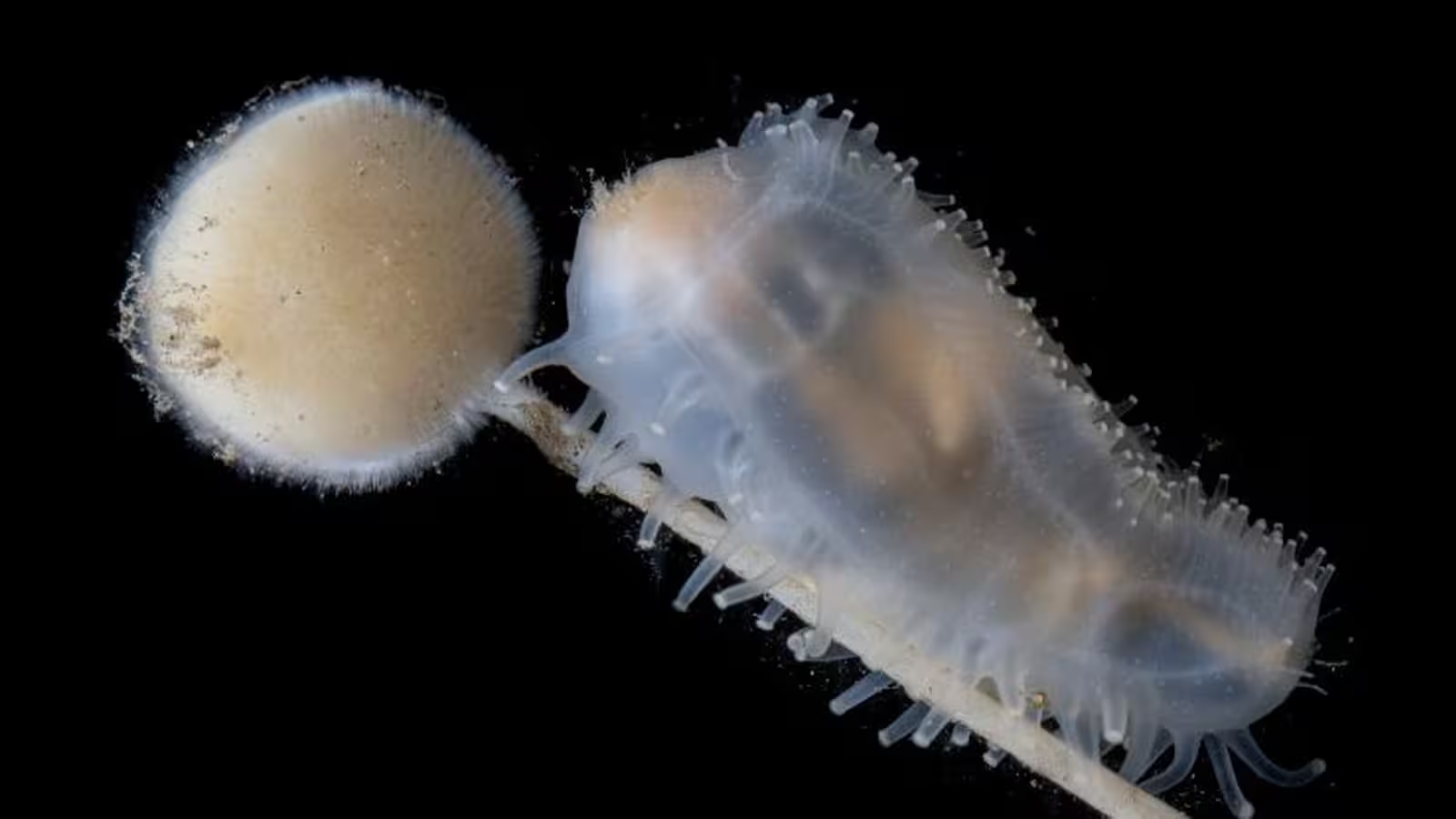
Comments